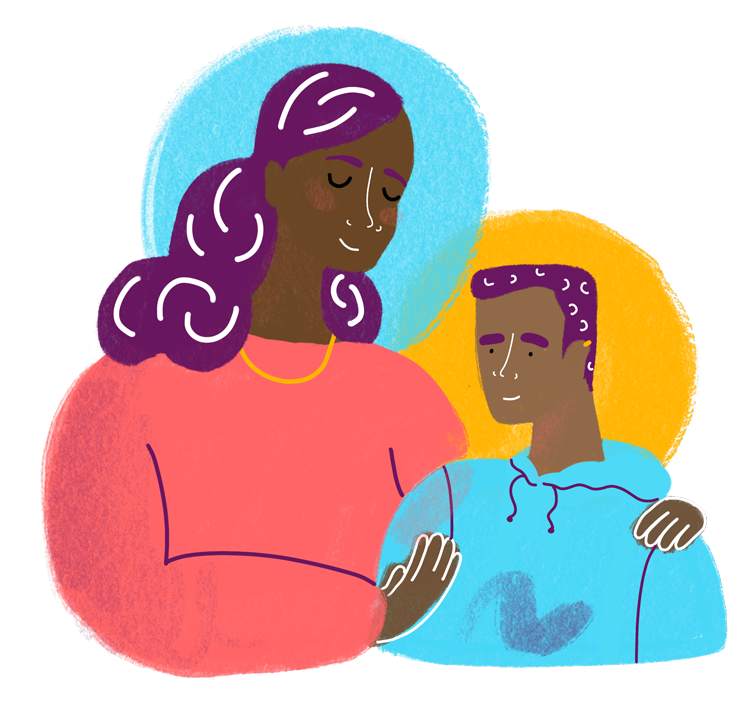Access to notes empowers adolescents to manage their health care with more independence and helps them learn to be more engaged in their own health.


Access to notes empowers adolescents to manage their health care with more independence and helps them learn to be more engaged in their own health.
See also Sharing Pediatric Notes
Reading visit notes is an important skill for an adolescent. It can help adolescents learn self-care related to their health issues as they transition to adulthood. Reading notes helps them:
Attitudes, experiences, and safety behaviors of adolescents and young adults who read visit notes: Opportunities to engage patients early in their care | Future Healthc J (2021)
It depends on laws in your state. There are variations in how health care organizations and clinics implement parent and adolescent access policies for the portal. These often depend on state laws and technical capabilities in the electronic health record patient portal. Make sure you understand your institution’s portal access policies to understand who has access and how notes are made available in the portal.
OpenNotes: Sharing visit notes with patients and families | Pediatric Nursing (2018)
Transition planning. Open notes can be a useful tool to help adolescents understand their health issues and become more engaged in their health care decisions and management. The notes can be incorporated as part of transition readiness, planning, and transfer to adult care.
Attitudes, experiences, and safety behaviors of adolescents and young adults who read visit notes: Opportunities to engage patients early in their care | Future Healthc J (2021)
Best practices include:
Words matter: What do patients find judgmental or offensive in outpatient notes? | J Gen Intern Med (2021)
Here are a few best practices:
OpenNotes: Toward a participatory pediatric health system | Pediatrics (2018)
Ideally, you can use confidential notes. For example, some health systems have created “confidential” note types that are hidden from the patient portal. Individual clinicians can elect to use this feature for information they do not want parents to access. They can also choose to create two notes (a note with only the confidential information, and one with general information), so that the parent/patient can access some pertinent information, i.e., the care plan. Alternatively, clinicians may create a single confidential note that will be completely suppressed from the patient portal.
Preserving privacy for pediatric patients and families: Use of confidential note types in pediatric ambulatory care | J Am Med Inform Assoc (2020)
![]() Except where otherwise noted, the content by OpenNotes is licensed under a Creative Commons Attribution 4.0 International License.
Except where otherwise noted, the content by OpenNotes is licensed under a Creative Commons Attribution 4.0 International License.
NEW WEBINAR
Getting It Write: What To Do Now That Patients in England Can Read Their GP Notes
Tuesday, November 1, 2022 | 8am Pacific Standard Time (PST)
11am Eastern Standard Time (EST) / 3pm Greenwich Mean Time (GMT)
While open notes have been the “law of the land” in the United States for more than a year, in England, adult patients accessing care through the National Health Service (NHS) will have access to their primary care record online for the first time starting Nov. 1, 2022.
In this webinar, we’ll be joined by open notes experts and discuss what this change means for patients and general practitioner (GP) staff in England.


